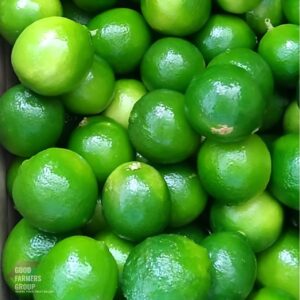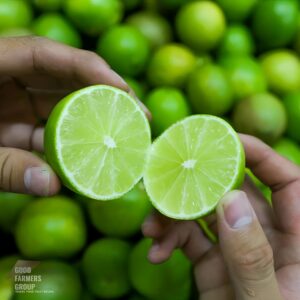Seedless lemons, a popular food in our daily lives, not only bring a refreshing flavor but also provide numerous health benefits. Seedless lemons are rich in vitamin C, antioxidants, and essential minerals, helping to boost the immune system, support digestion, and improve skin health. So, do you know about the origin and source of seedless lemons?
✨ Origin
Seedless lemons, also known as Persian limes (Citrus latifolia), are a type of fruit belonging to the citrus family. The first large-scale cultivation of seedless lemons took place in Persia (now Iran) and southern Iraq. A significant amount of these lemons are grown, processed, and exported annually, primarily from Mexico to markets in the United States, Europe, and Asia.
Seedless lemons were introduced to Vietnam from California (USA). In Vietnam, a seedless lemon tree can produce 150–200 kg of fruit per year. They are mainly grown in the southern provinces of Vietnam such as Tien Giang, Ben Tre, Dong Thap, and Long An. The tropical climate and fertile alluvial soil in these regions are ideal for lemon cultivation. Thanks to modern farming techniques, farmers ensure the quality and productivity of seedless lemons are always high.
✨ Outstanding Features
Seedless lemons have a thin, green skin, juicy flesh, and are less sour compared to other lemon varieties. These characteristics make seedless lemons a popular ingredient in many dishes, beverages, and even in the food industry. The absence of seeds also makes processing and using lemons much more convenient.
Seedless lemons are not only a delicious fruit but also offer many health benefits. The development and popularity of seedless lemons in Vietnam is a testament to the progress of the country’s agricultural sector. With their outstanding features and benefits, seedless lemons are sure to continue winning the favor of consumers both domestically and internationally.







